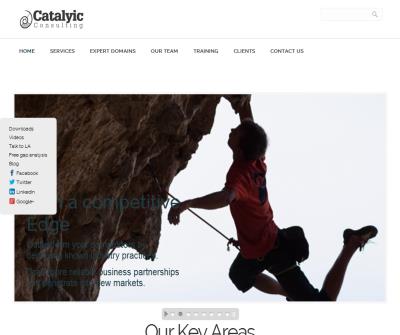Requirement Management in CMMI
You will find a lot of information on internet about requirement planning and management with respect to CMMI for any project or for the overall product life cycle but only a few will explain the ‘how’ factor in the requirement management implementation.
I would like to share some valuable insights
Requirement Management comes in the managed process (Maturity level 2) category of the CMMI process area which reflects its importance and significance against other related categories, also in the software development environment. Requirement Management, as it explains itself, means managing requirements. It basically states how the project or product requirement are analyzed, how you are going to manage and cope those specifications arising from the client side, and the expectation you and your client build together for the time, effort and execution of the project.
Primary action pertaining to Requirements Managing (REQM) is to create the knowledge of needs using various techniques like online surveys, researches associated with current technique, interview, customer led orientation sessions , prototyping, modeling, etc. Specifications are then tend to be recorded by means of specifications document. Requirements specifications must ensure that they met to the customer needs.
When the project manager believes that the requirements are defined, the next stage is obtaining commitment from the stake holder by means of approval email or sign-off. The project manager also need to see if the project participant have gathered all the related information , project plan, the resources to allocate, system & software requirements and business & user requirements specification.
After requirements are approved and base-lined, changes to them usually are maintained so that they usually do not affect this venture adversely. All of change requests should be through a controlled change mechanism that helps log, analyze, assess, approve and incorporate the changes. The documents may include Change log, Requirements Impact, and kept up to date requirements.
After each base-lining of the requirements document, traceability document is prepared which exhibits bi-directional traceability from the first phase to the last phase of the project ensuring alignment between project work and requirement set. In this state the inconsistencies between project work and the stated requirement must be led by regular status meetings, conducting peer review inspections, and customer on delivery inspections
The project manager must then monitor the changes in the requirements approved by the client and keep on updating the changes which helps in restructuring the requirement specification document helping the team reduce inconsistency, take commitment to the charge, trace the changes in the requests and reduce maximum time for on time project delivery.
